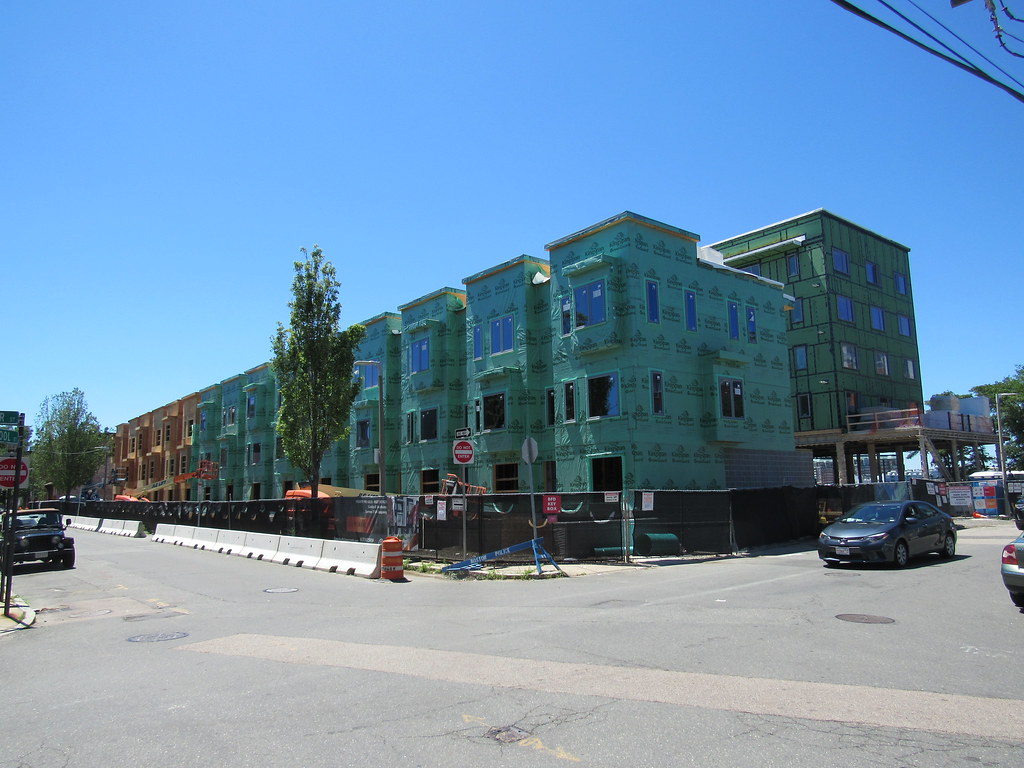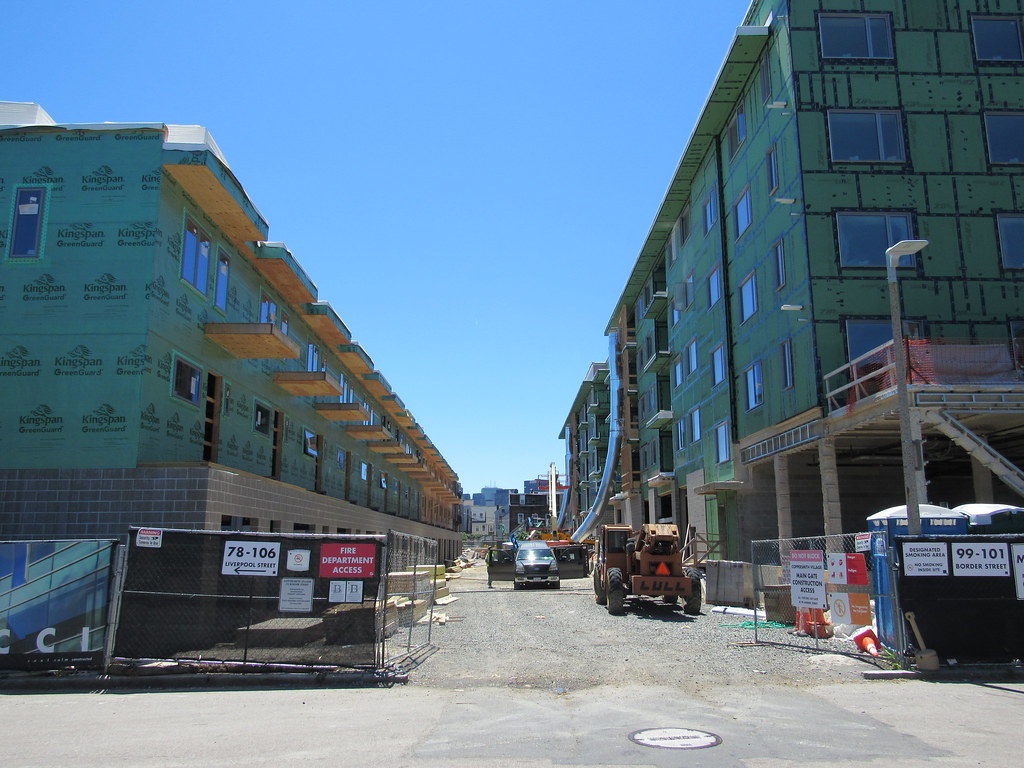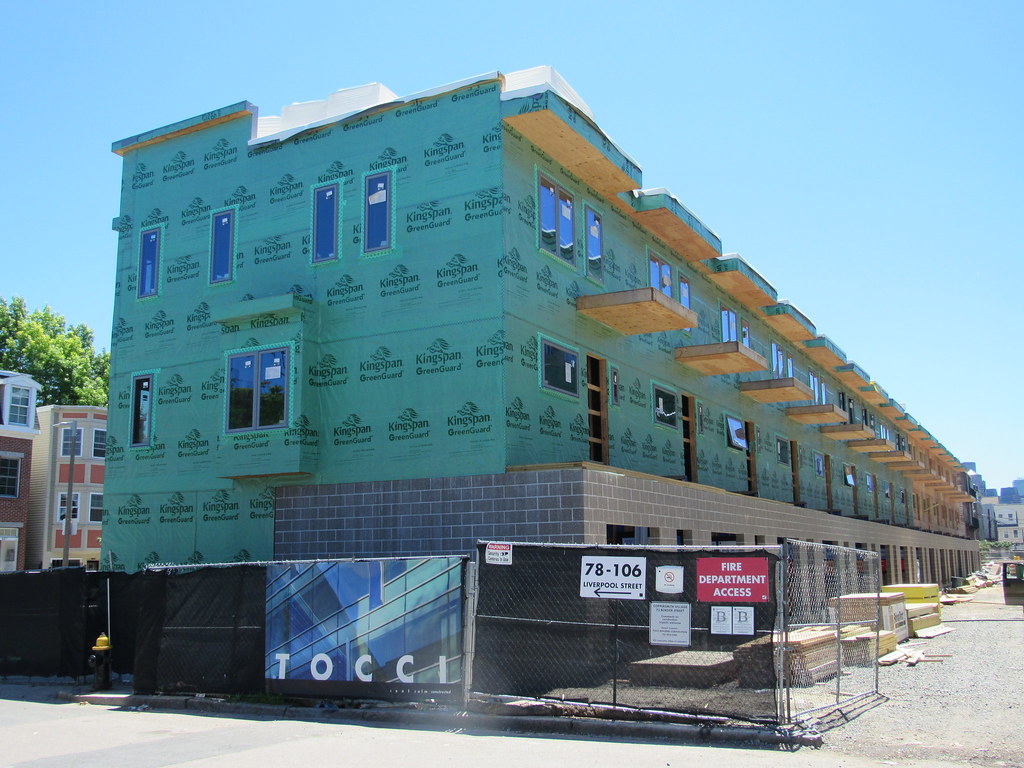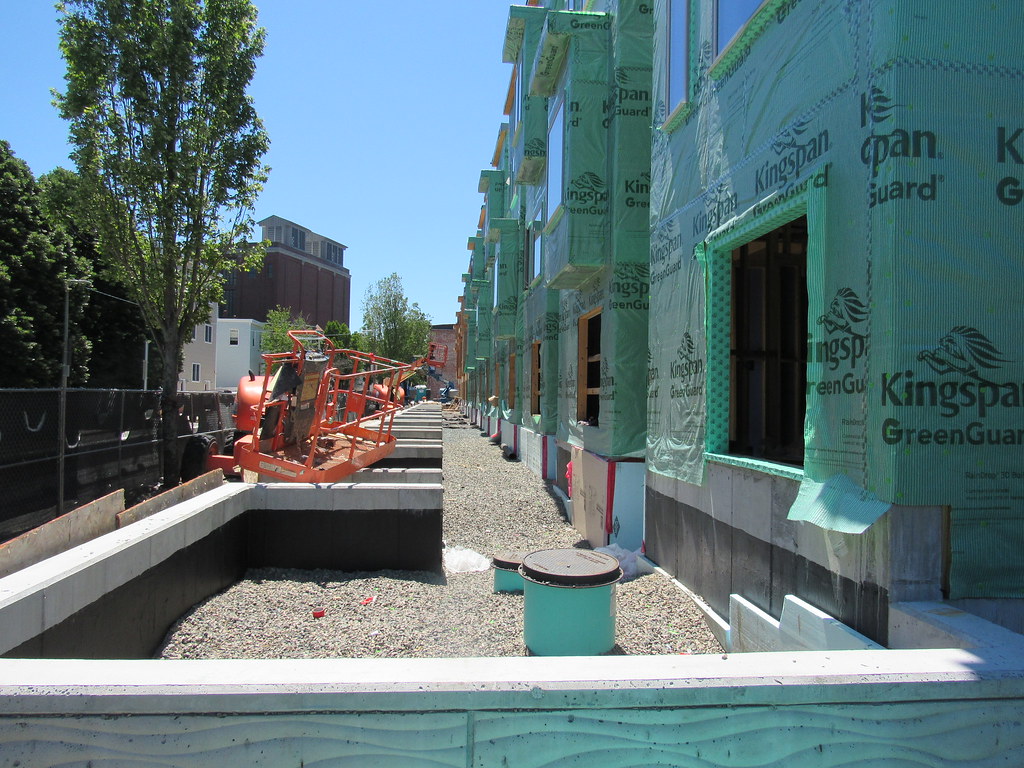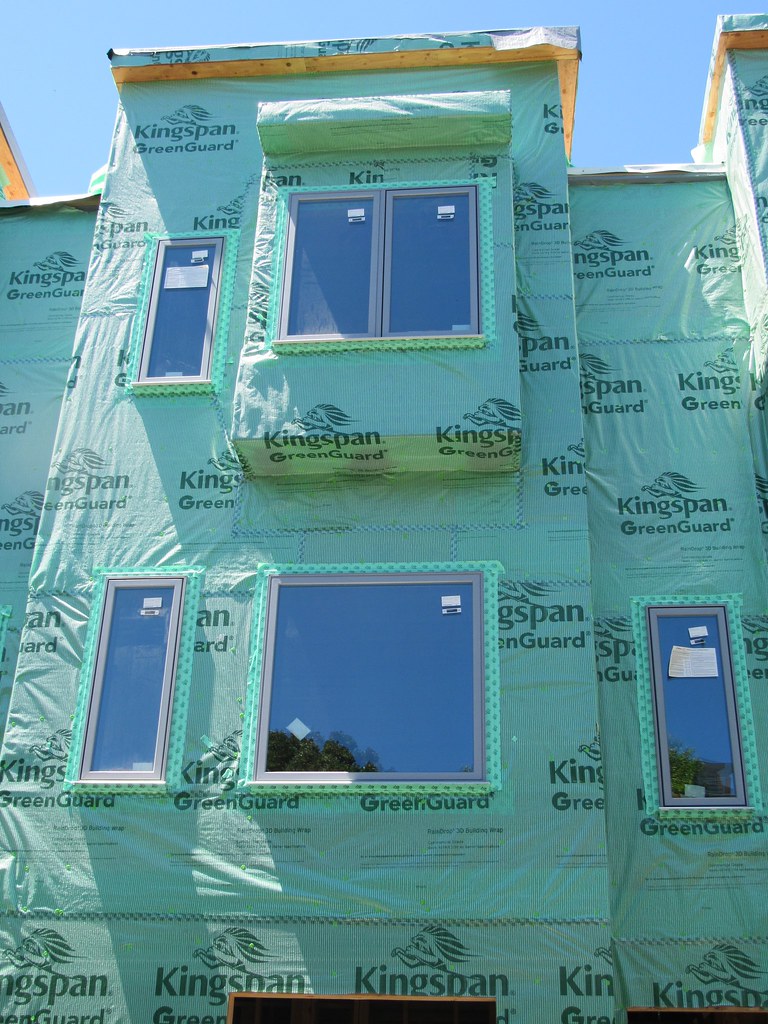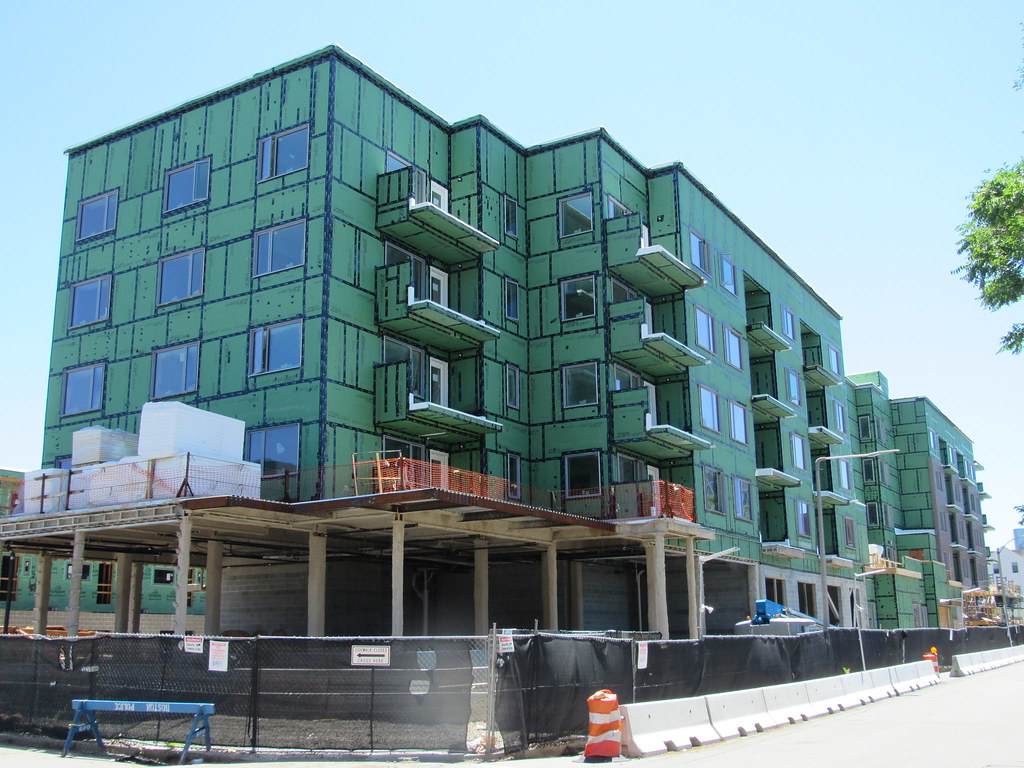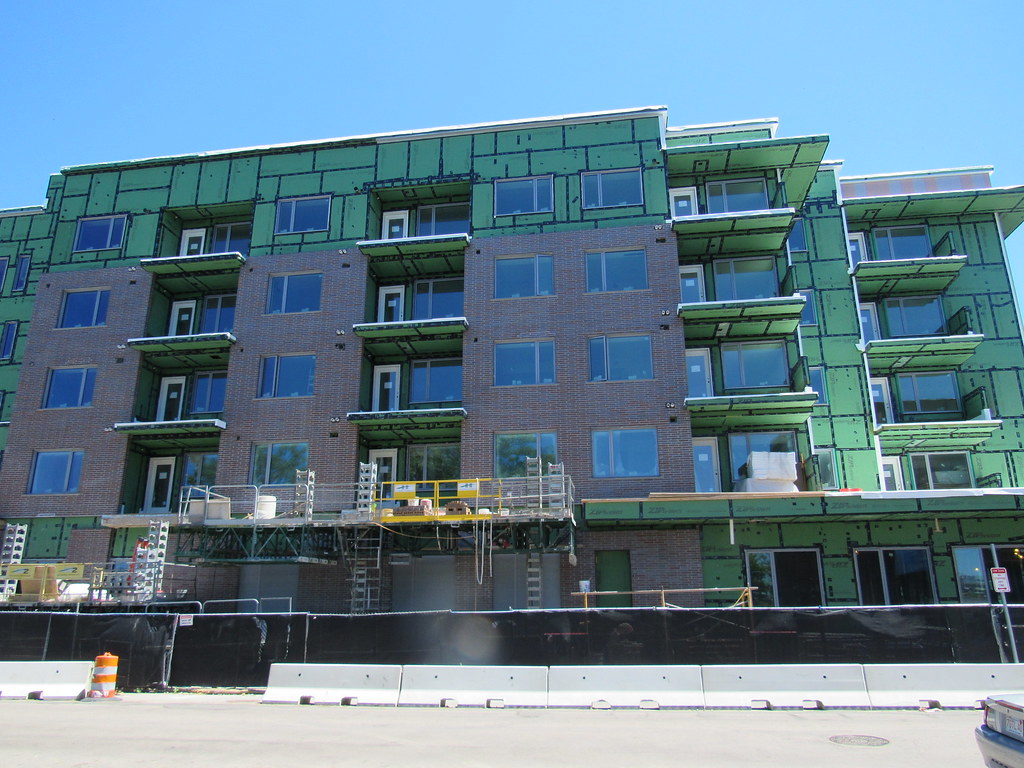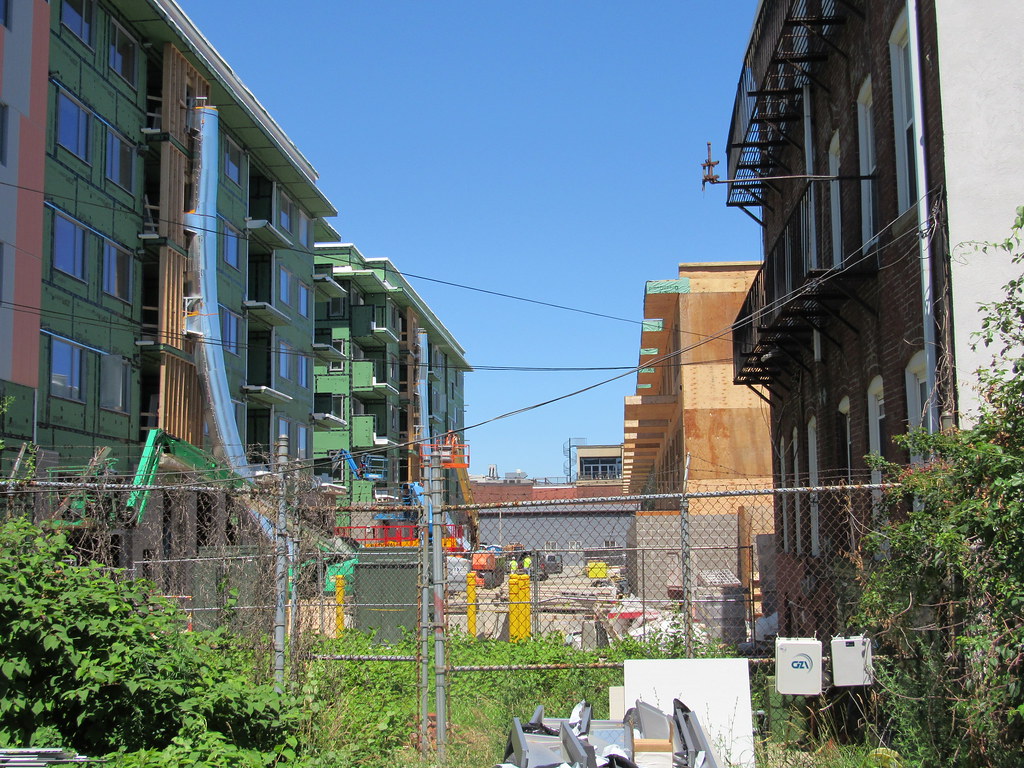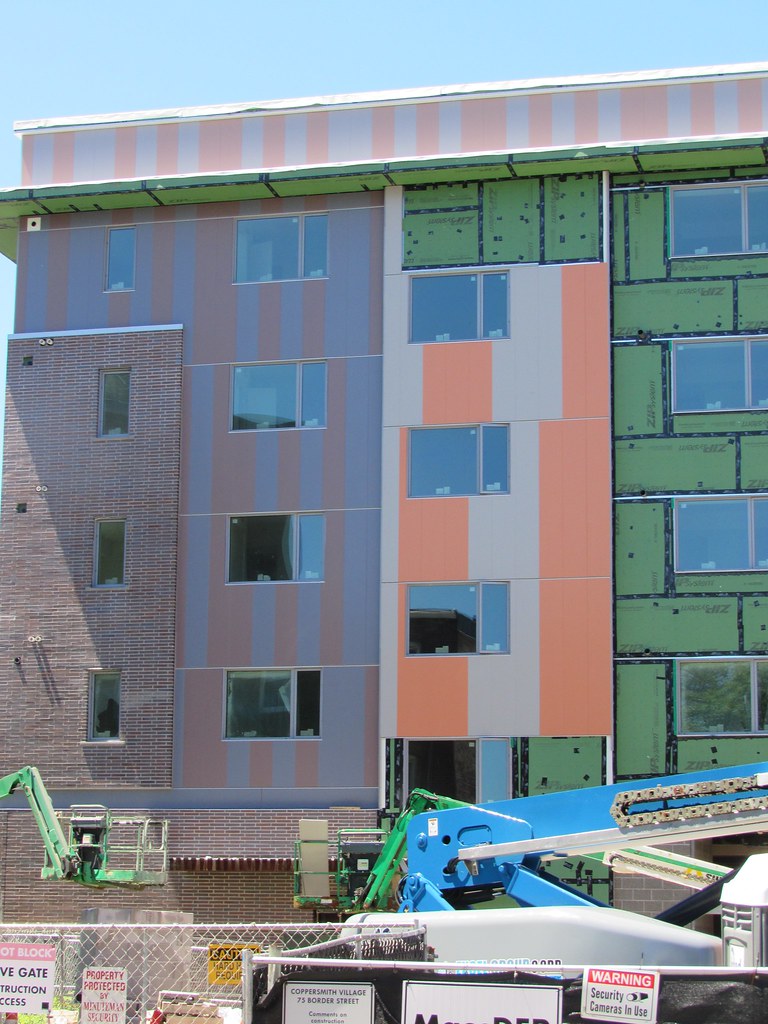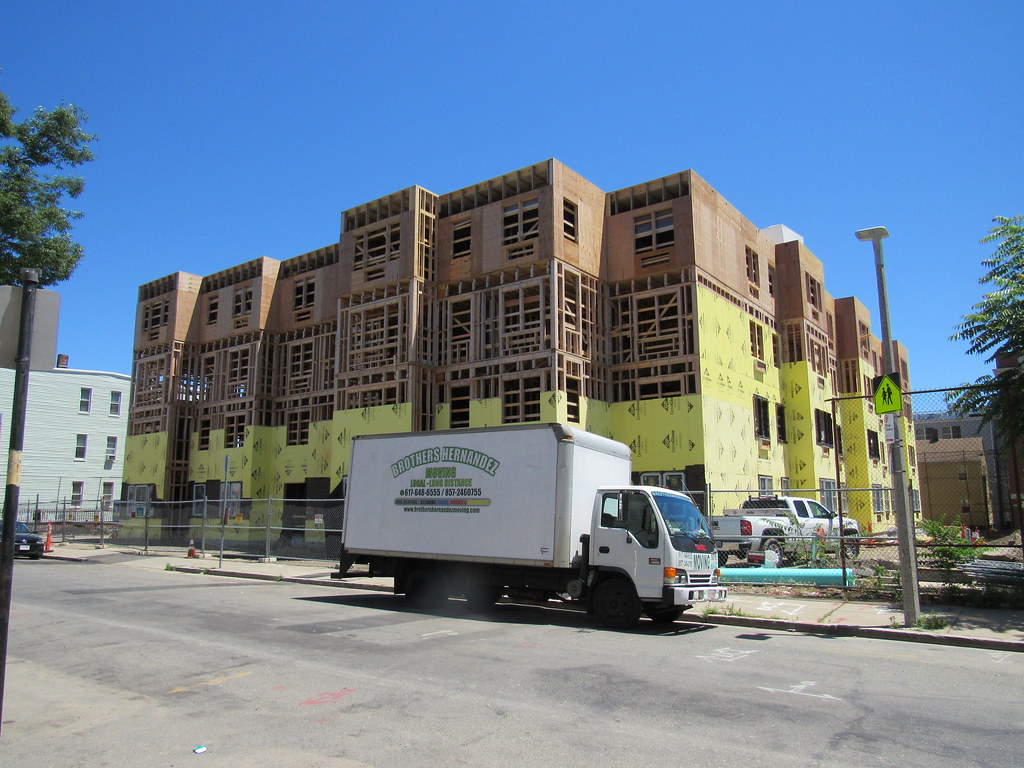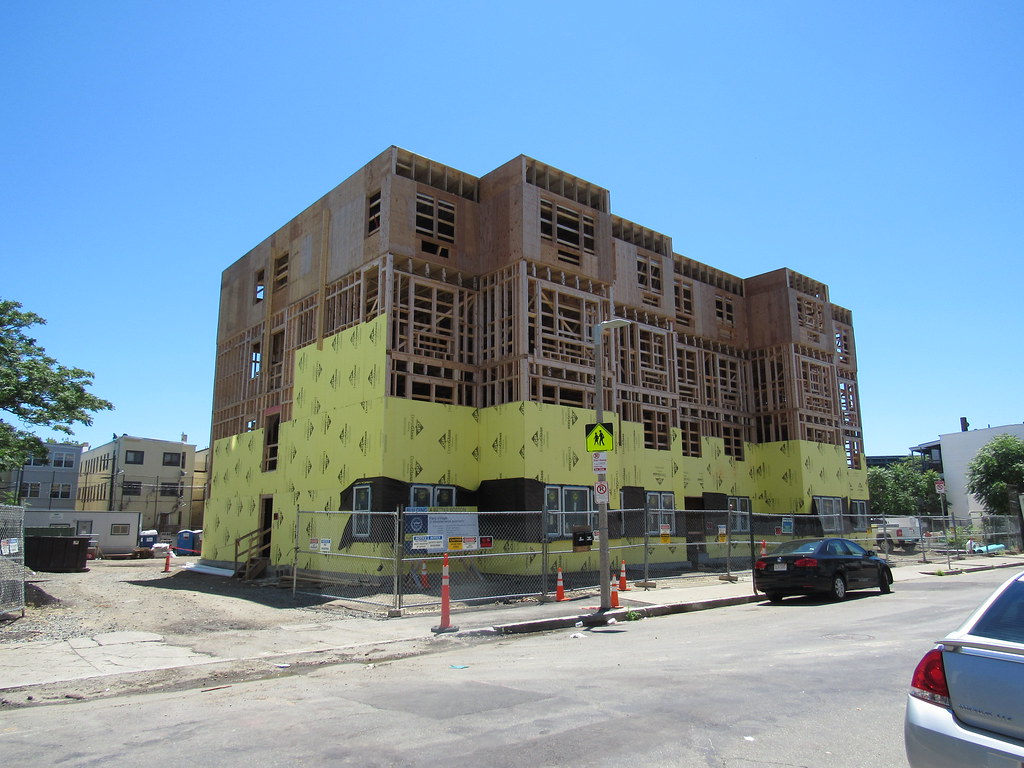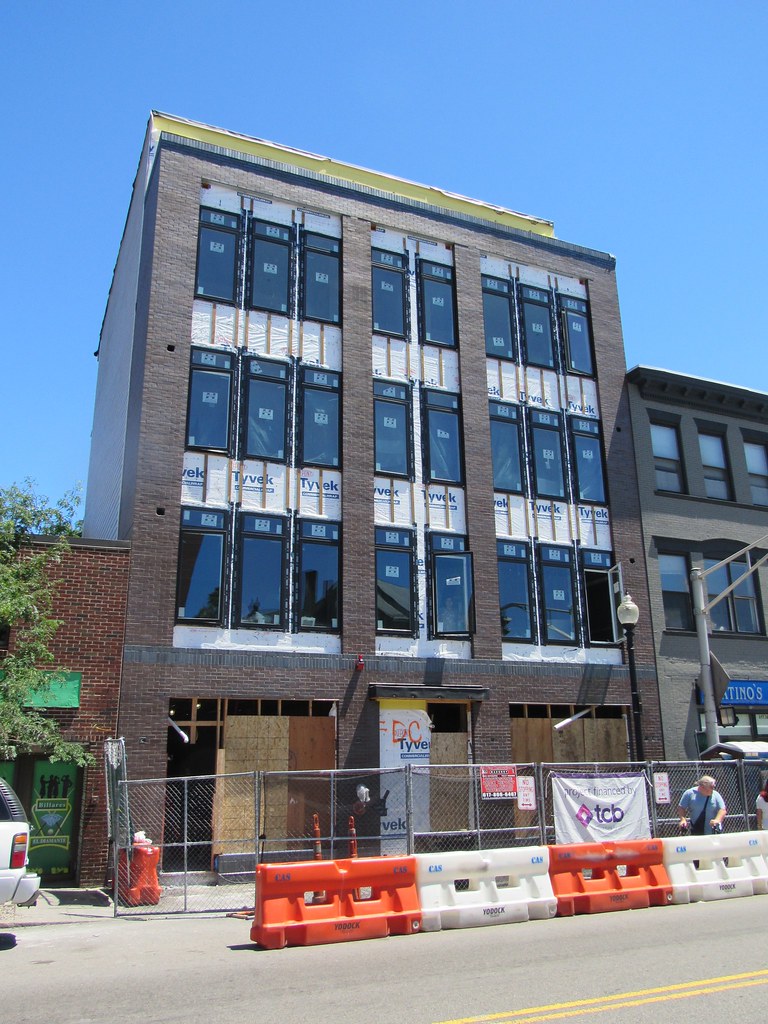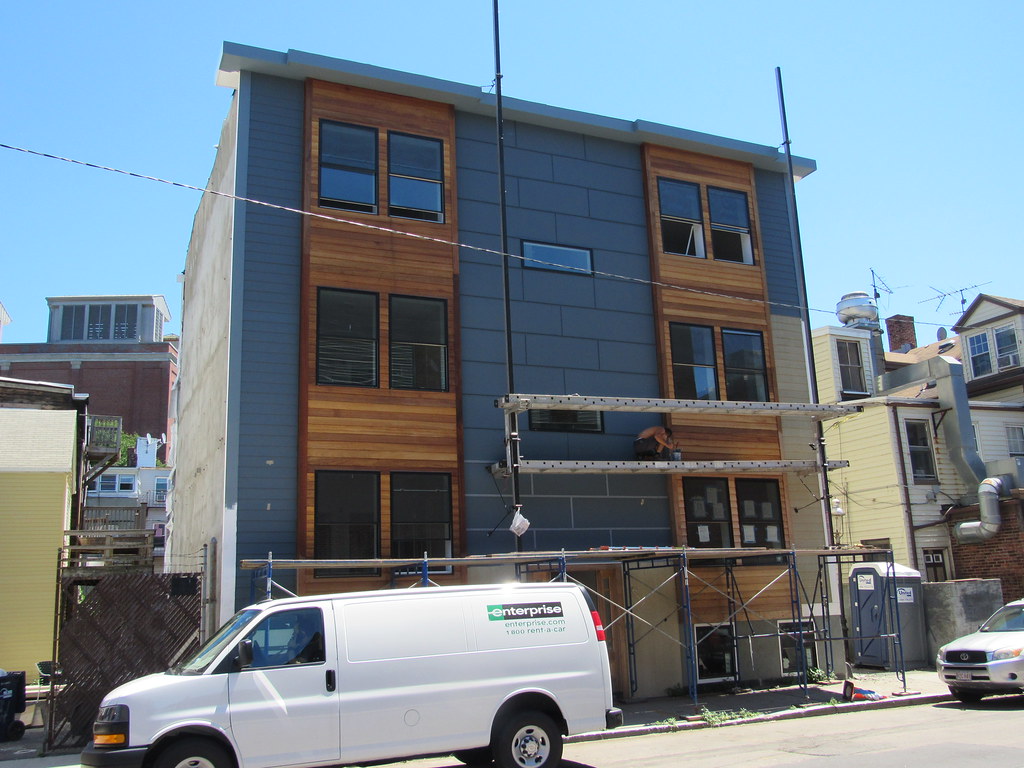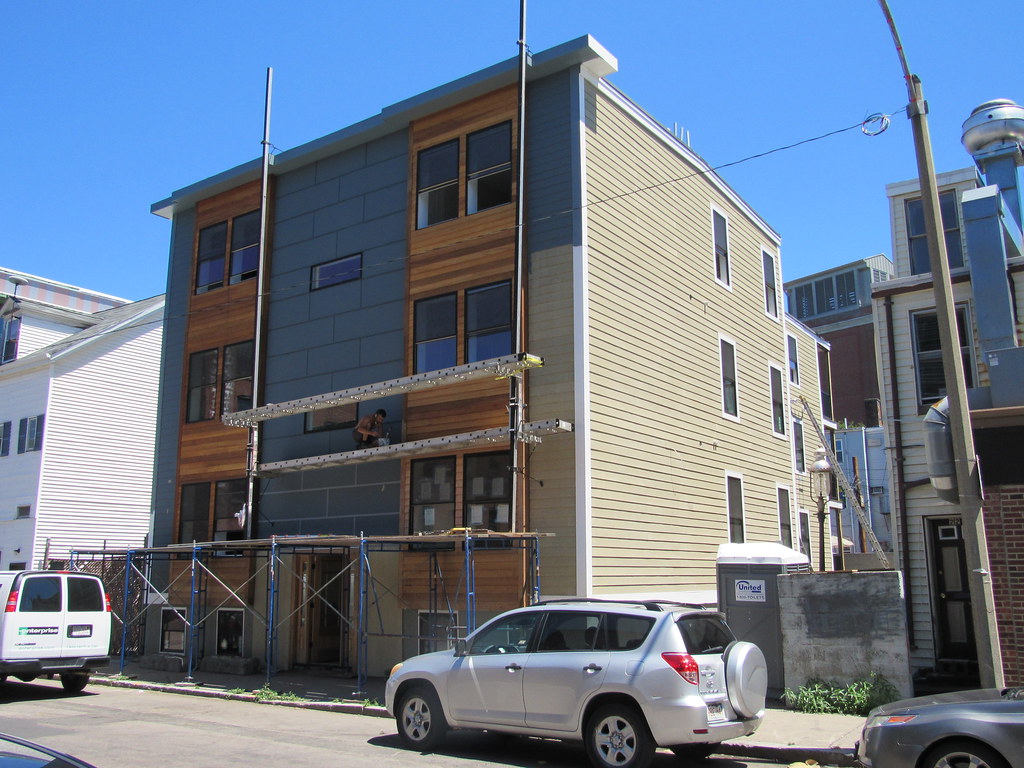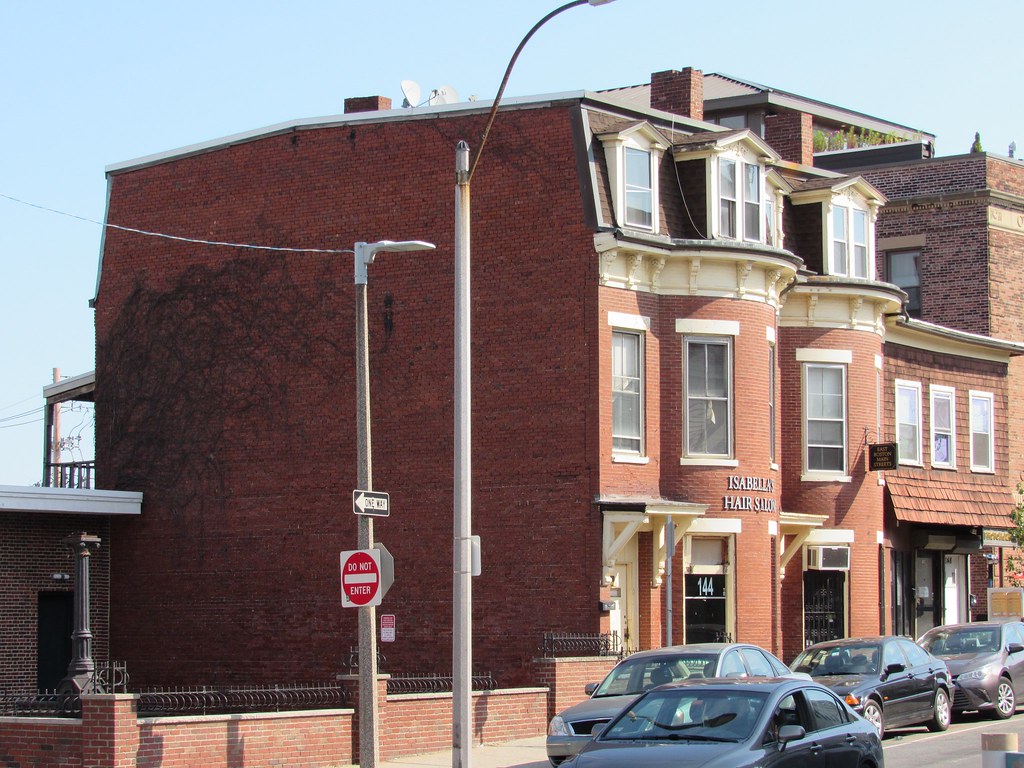tangent
Senior Member
- Joined
- May 11, 2012
- Messages
- 1,789
- Reaction score
- 68
I don't understand why you'd say this, the renderings make it look very accessible along with having some sort of harborwalk here as well. Also looks like a restaurant is in the ground floor of the building closest to the harbor. Is none of that happening?
Seems premature to tell. I can see a few design elements... making it unclear whether the public is welcome.
Generally if I am walking along the waterfront and the sidewalk goes along a building I am going to not be so sure it isn't private property versus a public walkway. I think there are plenty of examples of this sort of design along the public waterfront where the intent seems to be to dissuade public access while technically allowing it. The design could have easily just had a path that followed the waterfront more closely.

